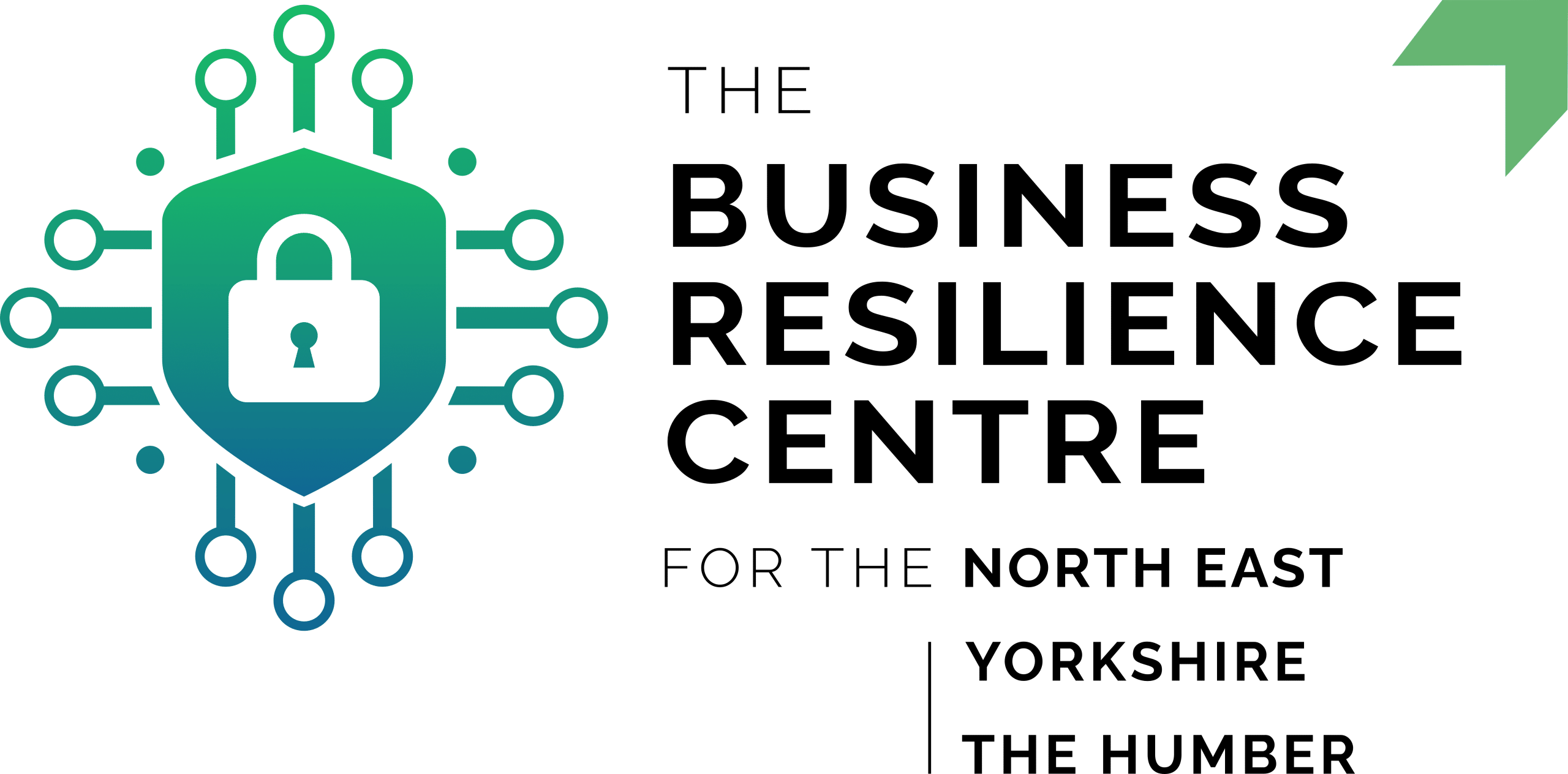Approximately 12 million individuals are anticipated to file their tax returns for the 2022-2023 tax year before the January 31, 2024 deadline. Many people are likely to be scammed by cyber fraud scammers during this time, primarily through texts and phone calls. So, what else must you know about cyber fraud to avoid being scammed?
Cyber fraud involves using technology to deceive people for financial gain. Phone calls and text scams are common tactics, where criminals impersonate trusted entities to trick people into revealing personal information or making monetary transfers. Exploiting trust and communication, these scammers present a significant threat in the digital domain.
Read on to find out how to recognise a tax refund scam, how to protect yourself and your business, and how to report these kinds of scams.
Recognising Tax Refund Scams
Nowadays, cyber fraud scammers are becoming more misleading, creating scams that seem legitimate due to easily accessible tools for generating such content. Scams employ various tactics, with some promising rebates, while others falsely claim that customers must update their tax information or face imminent arrest for alleged tax evasion.
The emails they send closely resemble authentic ones, making it easier to trick people into entering their details. Thus, making it more difficult for people to spot tax refund scams. Here are some common signs to watch out for:
- Too good to be true: If an offer seems too generous or promises a refund significantly higher than anticipated, the likelihood is that it is a scam. For instance, if you receive an unexpected email claiming you are entitled to £1000 or more without any apparent reason, it is likely to be a scam.
- Personal information requests: Official tax authorities will not ask for bank details or tells you to transfer money. Be wary if an individual asks you for these unexpectedly.
- Communication methods: Whilst tax documents often still come via post, there is an option to receive them via email. Cyber fraud scammers often use email to create a sense of urgency, pressuring individuals to provide personal information. As such, if you receive tax documents via email, we recommend taking extra care to ensure they are legitimate.
- Urgent/threatening language: Scams often use urgency or threats of legal action to pressure people into providing sensitive information. Legitimate tax agencies do not use aggressive language or demand immediate payment.
What is the Most Common Type of Tax Scam?
There are various different types of tax scams, however, Phishing scams are the most common. As explained by the NCSC, ‘Phishing’ is when criminals use scam emails, text messages or phone calls to trick their victims. The aim is often to make you visit a website, which may download a virus onto your computer, or steal bank details or other personal information.’ Statistics on phishing emails indicate that approximately 1.2% of the total emails transmitted are harmful, equating to a staggering 3.4 billion malicious emails each day.
5 Cyber Fraud Protection Tips
Here are 5 tips to protect yourself and your business:
- Configure accounts: The ‘least privilege’ principle should be applied to staff accounts in advance. Basically, it means granting staff the smallest amount of user rights needed to do their jobs, so that phishing attacks can be minimised.
- Understand how your business operates. Keep an eye out for ways that someone might target your business, and make sure your staff understands normal working practices so that they can spot strange requests more easily.
- Check for the common signs of phishing: Spelling mistakes, threatening language, and requesting of personal information are common signs of phishing. Ensure that you and your colleagues are aware of these signs.
- Report all attacks, no matter how big or small:
- Examine your digital footprint: Cyber scammers use available information about your business and staff from what is publicly available online. Make sure that there is no personal information available out there for scammers to use.
How To Report A Tax Scam
If you suspect you’ve fallen prey to a tax scam, please report any dubious communications to HMRC using the provided contact information below.
- Forward suspicious texts claiming to be from HMRC to 60599
- Forward emails to [email protected].
- Report scam phone calls to HMRC on GOV.UK
How To Report a Scam Phone Number
Think you’ve fallen prey to a scam phone call/text? Reporting this incident is both cost-free and quick, taking only a minute of your time. To report a scam phone number, click here.
Protect Your Business Against Cyber Fraud With NEBRC
At NEBRC, we understand the significance of enlightening small businesses about the cyber security threats prevalent in today’s technological landscape. Technology provides numerous advantages to businesses, enhancing organisation, efficiency, and effectiveness. It plays a pivotal role for many SMEs in managing communication, storing files, and accessing financial resources.
Nevertheless, this dependence comes with risks, such as cyber fraud and concerns about data privacy. Our Free Core Membership is crafted to furnish you with pertinent resources and continuous support, enhancing your ability to withstand and combat cyber security threats. To sign up for our Free Core Membership, click here.

